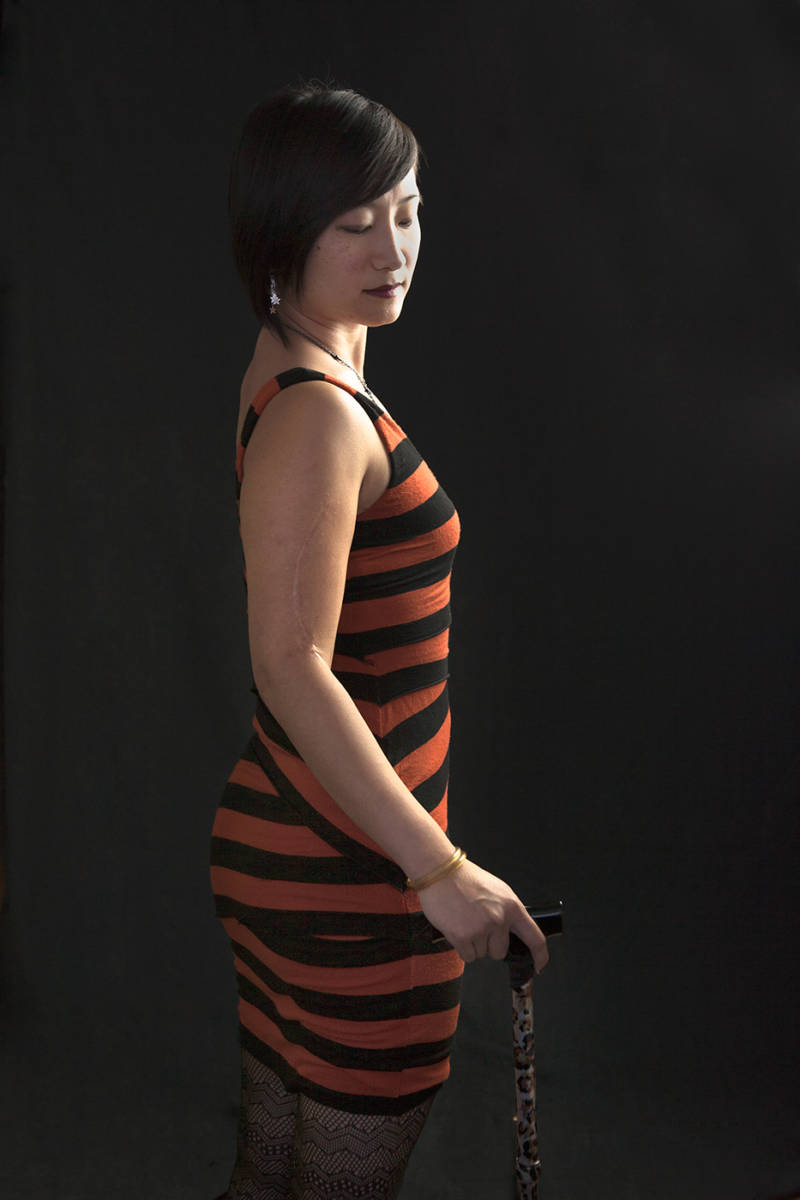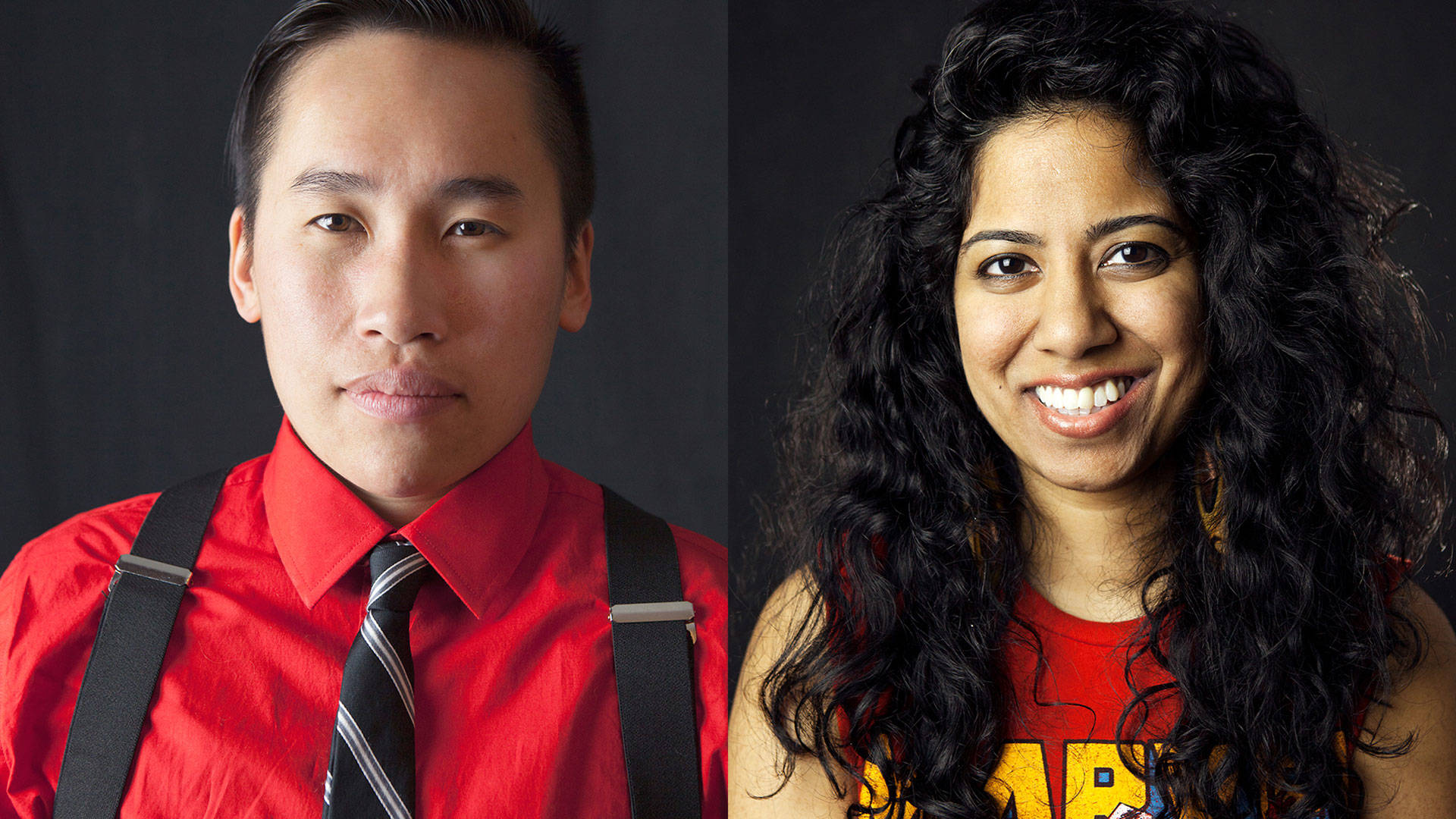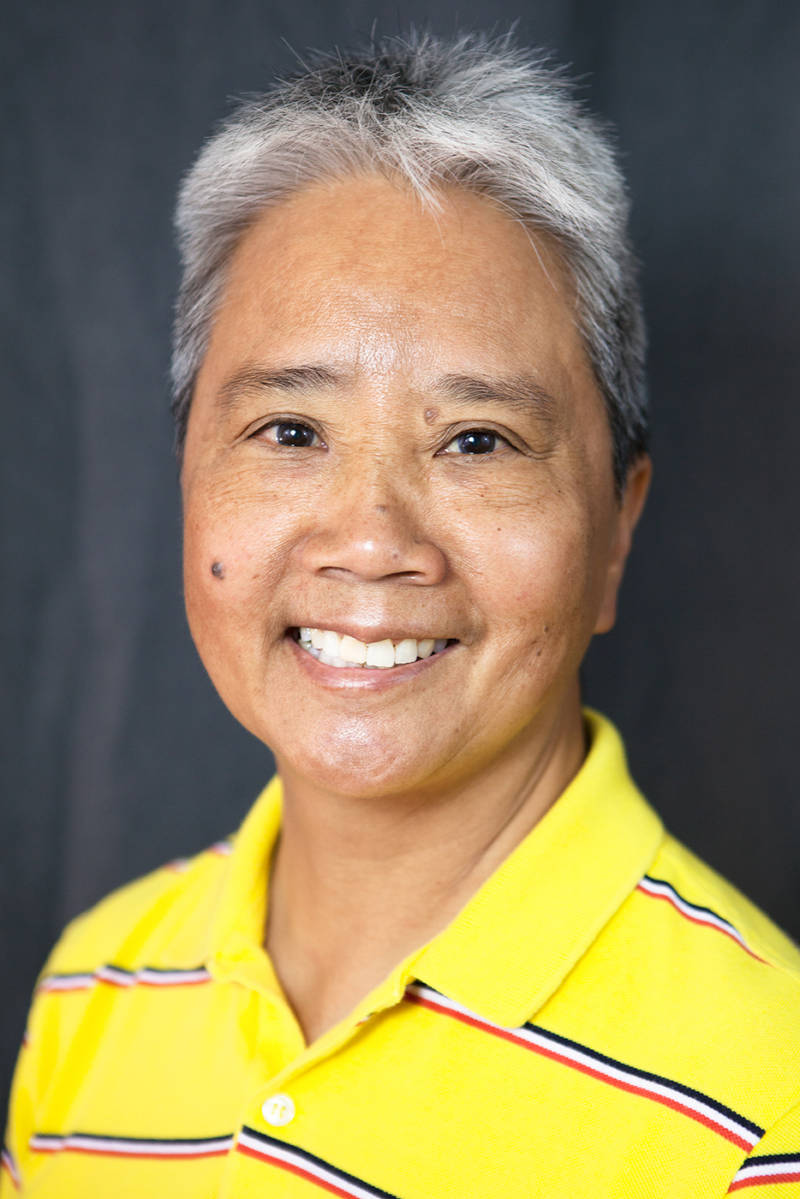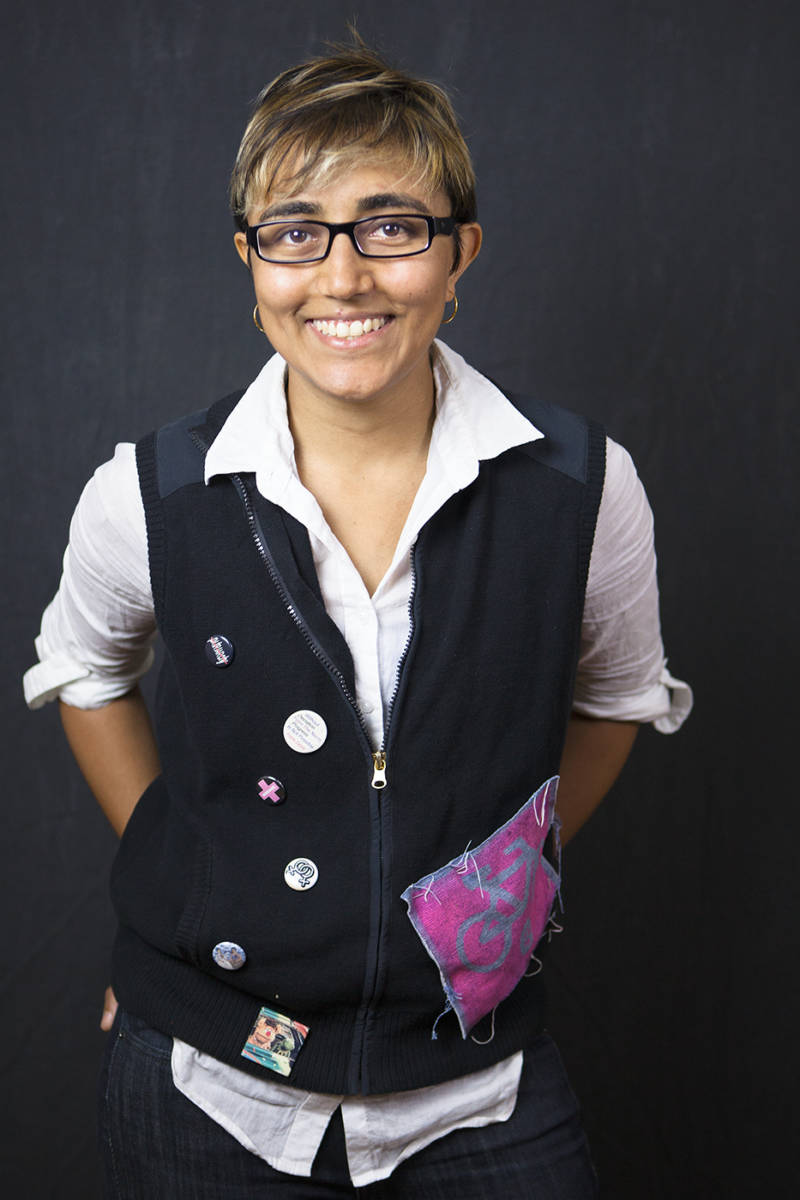In Mia Nakano’s portrait of Kay Ulanday Barrett, the self-identified queer, trans, Pinay-American, disabled poet stares at the camera, glasses lightly propped upon the nose, short black hair styled into an edgy coif, and hands confidently clasped atop a cane in a stance of total assurance.
In the accompanying video interview, Ulanday Barrett describes a single immigrant mother working tirelessly to achieve the American dream, and her frustrations when confronting her child’s non-normative gender identity — Ulanday Barrett uses the pronoun “they” — yet another obstacle for them to overcome. After coming out to their mother, they had to come out to their church community, their martial arts community, their mother’s work community, extended family, and an endless list of others throughout their life, Ulanday Barett recalls.
“I’m coming out all the time,” Ulanday Barrett says in the video interview. “Every university, every classroom, every time I get a job application… I feel like I’ve been coming out since I was born, over and over and over again.”

Ulanday Barrett is one of more than 200 participants in Nakano’s photo documentation series The Visibility Project. Since founding the series in 2008, Nakano has visited 26 cities in 20 different states to photograph Asian American queer women, trans individuals, and gender non-conforming folks. The intention is, in part, to expand the Asian-American queer and trans narrative beyond the limited stereotypes presented in popular culture, and to work toward a world in which people like Ulanday Barrett can simply exist.
Nakano, a fourth-generation Japanese American queer woman, was the founding photo editor of AAPI-centered publication Hyphen Magazine until she decided to take a photo-journalism internship at the Kathmandu Post in Nepal in 2007. While there, she began taking photos of folks at the Blue Diamond Society, the first and most prominent LGBTQ non-profit in the country. Inspired by her time there, and by the grassroots work being done by Blue Diamond to build LGBTQ visibility, Nakano decided to return and start her own project to raise awareness stateside.





